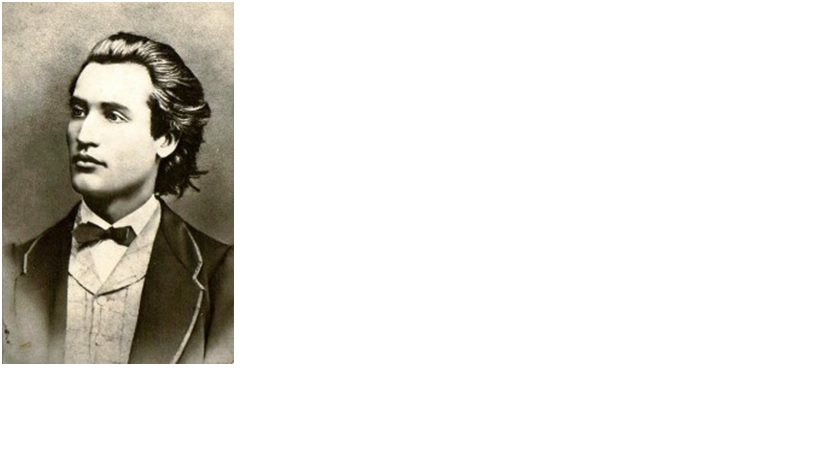Romania is getting ready to celebrate its National Culture Day on January 15
Introduced in 2010, Romania’s National Culture Day is celebrated onJanuary 15, the birth date of Romanian poet and novelist Mihai Eminescu, a canonical figure of Romanian literature and a representative of the European Romanticism.The Romanian National Culture Day, now reaching its 12th edition, is an official national celebration, initiated by the Romanian Academy.
Mihai Eminescu was a Romanian poet, prose writer and journalist, reckoned by Romanian readers and literary criticism as the most important poetic voice in Romanian literature.
He was born on 15 January 1850 in Ipoteşti/Botoşani County, then in the Principality of Moldavia, and died on 15 June 1889 in Bucharest / Kingdom of Romania.
He is considered the national poet of Romania, being called the “The star of Romanian poetry”, but also the most important representative of romanticism in Romanian literature. He transformed both the form and content of Romanian poetry, creating a school of poetry that strongly influenced Romanian writers and poets in the late 19th and early 20th centuries.
Eminescu was an active member of the JunimeaLiterary Society and worked as an editor for the newspaper Timpul (“The Time”), the official newspaper of the Conservative Party (1880–1918). His poetry was first published when he was 16 and he went to Vienna to study when he was 19.
The poet’s manuscripts contain 46 volumes and approximately 14,000 pages, being one the most prolific poets of his time. His most notable works include Luceafărul (The Vesper/The Evening Star/The Lucifer/The Daystar), Odăînmetru antic (Ode in Ancient Meter), and the five Letters (Epistles/Satires). In his poems he frequently used metaphysical, mythological and historical subjects.
“Luceafarul” (Evening Star) is the most famous poetry of Mihai Eminescu, started in 1873, but written and finished over many years until its publication in April 1883 in the Almanac of the “Romania Juna” student society in Vienna. After the publication in Vienna, the poem was then resumed in the same year in the magazine “Convorbiriliterare” and finally in the princeps volume entitled “Poesii” published in 1884.With 98 stanzas, Luceafarul is the longest love poem in the world.
Eminescu’s poems have been translated into more than 60 languages, being one of the most appreciated love poets in Europe.
Mihai Eminescu is considered as the first poet to make Romanian language a real object of art, since Romanian poetry was only at its beginnings. Having studied the philosophy, law, medicine, economics, sociology and other subjects, he gained a real success in his career as a journalist, and his articles of literary, social and political criticism were published in “Timpul” and “Curierul de Iaşi” newspapers. His entire journalist activity was put to the right of the Romanian people to live in the Romanian nation, supporting the Romanians in Transylvania and Bucovina in his articles.
Nicolae Iorga, the Romanian historian, considers Eminescu“the godfather of the modern Romanian language, in the same way that Shakespeare is seen to have directly influenced the English language”.
Mihai Eminescuis unanimously celebrated as the greatest and most representative Romanian poet his legacy strongly influenced the Romanian literature and culture.

















